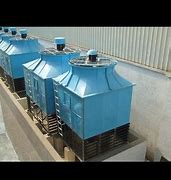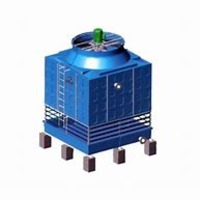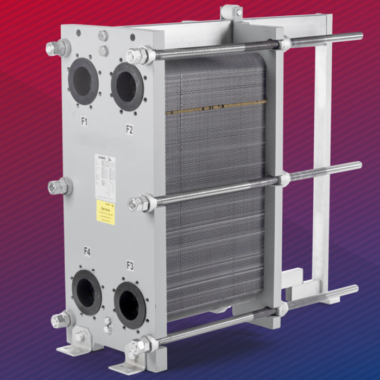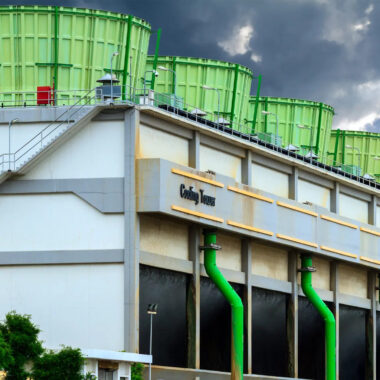Explore how to design Evaporative Cooling Towers
Explore how to design evaporative cooling towers
Designing evaporative cooling towers to handle variable ambient conditions requires cautious thought of a few variables to guarantee ideal performance and proficiency over different working conditions. Explore how to design Evaporative Cooling Towers, Here’s a concise exploration of key viewpoints:
1) Variable Load Capacity:
Evaporative cooling towers ought to be planned to oblige fluctuations in heat load, which can shift due to components such as climate conditions, prepare changes, and equipment operation. Measuring the tower appropriately guarantees sufficient capacity to handle crest loads whereas avoiding energy wastage amid low-load periods.
2)Fan Control Strategies:
Actualizing variable-speed fan control systems permits the cooling tower fans to alter their speed based on surrounding conditions and heat load. This optimization minimizes energy consumption by decreasing fan power during periods of low request and expanding airflow when required to preserve craved water temperatures.
3) Water Distribution Systems:
Designing effective water distribution systems guarantees uniform water dispersion over the fill media, optimizing heat transfer proficiency. Variable flow control components, such as flow control valves or variable-frequency drives (VFDs), offer assistance alter water flow rates based on working conditions, maintaining optimal execution over variable load conditions.
4) Fill Media Selection:
Choosing the fitting fill media with tall thermal efficiency and minimal weight drop is crucial for successful heat transfer in shifting encompassing conditions. Distinctive fill sorts offer shifting performance characteristics, such as surface range, water retention capacity, and resistance to fouling, permitting for tailored arrangements based on particular operating prerequisites.
5) Water Treatment Considerations:
Implementing robust water treatment procedures helps moderate the affect of variable ambient conditions on cooling tower execution. Standard monitoring and treatment of water quality parameters, such as pH, conductivity, and microbiological substance, prevent issues such as scale arrangement, erosion, and biological growth, guaranteeing solid operation and prolonged equipment life.
6) Control and Automation:
Joining advanced control and automation systems empowers real-time observing of surrounding conditions, heat load, and equipment performance. Smart control calculations optimize fan speed, water flow rates, and other working parameters based on predictive analytics, guaranteeing efficient operation and responsiveness to changing conditions.
By considering these variables during the plan phase, engineers can create evaporative cooling tower systems that viably handle variable surrounding conditions, delivering solid and energy-efficient cooling solutions for different industrial applications.








The Importance of Cooling Tower in Power Plants - Cool Fab Equipments April 18, 2024 at 11:50 pm
[…] towers are vital components in power plants, playing a crucial part in maintaining optimal working conditions and guaranteeing the productive and reliable generation of electricity. Here’s a closer see […]